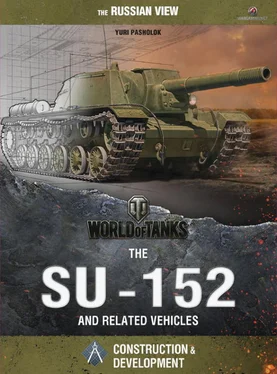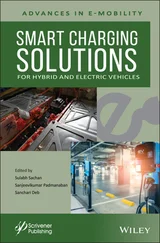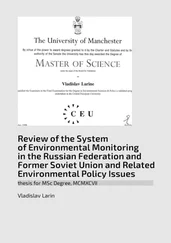b) As a matter of urgency, build a prototype for mounting the 152 mm gun model 1935 (BR-2) on the SMK tank chassis and equip it with an armor-piercing shell system capable of penetrating 150–160 mm of armor and a concrete wall 1.5 m thick.
The gun must be protected by 60–70 mm of armor, and the entire system must weigh no more than 65 tonnes.
c) Mount a 180 mm gun on a turretless vehicle (the SMK chassis) and modify the suspension as needed and reduce the armor thickness in order to decrease the weight.
4. For the transition period, adopt the following solutions:
a) KV tanks—produce tanks armed with the 152 mm howitzer model 1938 (M-10).
b) The KV tank—produce tanks armed with the L-11 76 mm guns having rounds with normal propelling charges.
c) Immediately begin designing a chassis for the 76 mm antiaircraft gun model 1931 and the 107 mm gun (M-60).
d) Immediately begin production of the T-100 with the 130 mm gun and, as a matter of urgency, mount the 152 mm gun model 1935 (BR-2) on the SMK chassis.
e) Mount the 122 mm or 152 mm gun on the T-35 and test its added armor at the same time.
f) Have two types of T-34 tanks: a model equipped with the 45 mm gun and one equipped with the 76 mm gun. Improve the armor penetration of the 45 mm projectile and begin production of the F-32 or F-34 76 mm gun.
g) Arm all tanks with DS machine guns having thicker barrels capable of more prolonged firing than the DT. {1} 1 TsAMO RF, collection 38, series 11355, file No. 10, pp 87–88.

The T-100 heavy tank served as the base chassis for development of the first specialized bunker buster (V. Len).
Note that the Kirov Factory’s brainchild was considered the highest priority platform for heavy SP guns. A note made by Military Engineer 3rd Class P. K. Voroshilov on June 27, 1940, bears eloquent witness of that fact (the adopted son of Marshal Kliment Voroshilov, he oversaw the development of Soviet heavy tanks):
Regarding the use of the tank as the chassis for super-heavy SP artillery, the most suitable model is the SMK. The arguments in favor of choosing it are that the SMK was the prototype for the KV tank, they have interchangeable suspensions, and parts of their transmissions are also interchangeable. Now, having worked backwards for commonality, we can achieve complete interchangeability of all transmission and suspension assemblies on both tanks.
This interchangeability will benefit tank production and cause no difficulty in supplying military units with spare parts. {2} 2 TsAMO RF, collection 38, series 11355, file No. 6, p. 53.
The future of the SMK and the T-100 had been conclusively decided by late June of 1940. The results of comparison tests made it clear that neither tank would enter the inventory, because there was the better-protected KV, which also weighed less. The “large-turret KV” emerged as a temporary solution to the bunker buster problem: mass production of tanks had begun in July 1940.
As mentioned above, the “large-turret KV” was a temporary solution to the problem of developing a heavy SP assault gun. The vehicle developed by Kurin’s team was essentially an oversized support tank like the BT-7 artillery tank (which is frequently called the BT-7A—but that designation belongs to a different tank). A major advantage was that the tank based on the KV chassis (designated the KV-2 in 1941) shared a great many common components with the base vehicle. It is worth noting that the KV-2 suffered from a large number of deficiencies. The KV chassis would only support a gun of limited power, whereas the military’s specifications called for a bunker buster equipped with the BR-2 gun. The small turret made it difficult to load the M-10T gun. In addition, having a rotating turret did not mean that the tank could fire at any angle.
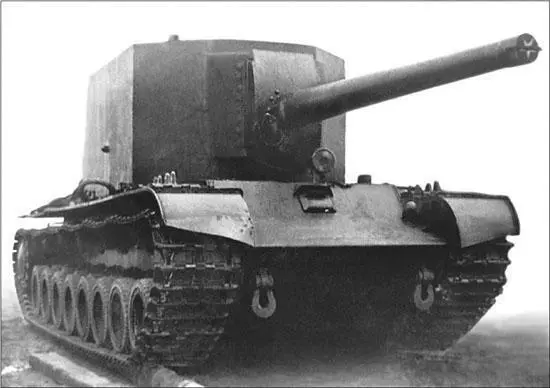
T-100Y (SU-100Y) SP gun, 1940 (ASKM).
After the SMK and T-100 programs ended, it was decided to concentrate on developing a heavy tank by upgrading the KV. The proposal for a new tank armament system introduced a number of changes: the 180 mm gun was abandoned in favor of the B-13 and BR-2 guns. On July 17, 1940, the Defense Committee under the Council of People’s Commissars issued decree No. 198ss giving the go-ahead to develop armored vehicles based on the KV chassis. According to this decree, the Kirov Factory was to manufacture the following vehicles:
a) KV tanks (T-220) with 100 mm of armor: one must be equipped with the F-30 85 mm gun, and the other with the F-32 76 mm gun;
b) Two prototype KV tanks with 90 mm of armor: one must be equipped with the F-32 76 mm gun, and the other with the F-30 85 mm gun;
c) One prototype vehicle armed with the BR-2 152 mm gun. {3} 3 TsAMO RF, collection 38, series 11355, file No. 10, p. 76.
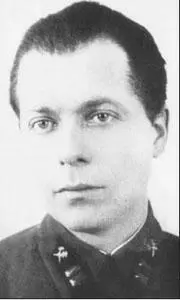
Zh. Ya. Kotin, chief designer of the Kirov Factory, photo dated November 1937 (V. Len).
The factory assigned the KV with 90 mm of glacis armor the factory designation 150 (the designator T-150 was used in correspondence of the Red Army’s Main Armored Forces Directorate [GABTU]). In November 1940, the tank served as the basis for a vehicle featuring the F-32 76 mm gun and a commander’s cupola. Plans called for this tank to replace the KV-1 in production under the designation KV-3.
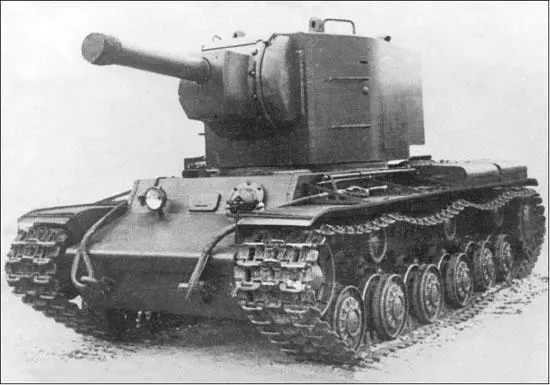
KV-2 heavy tank, the first Soviet assault tank (V. Len).
The tank known as the 220 was very different from the KV. The hull was elongated and the number of road wheels on each side was increased to seven. A new turret with the F-30 85 mm gun was designed for the T-220. The 850 hp V-2F (V-10) engine served as its powerplant. This tank was completed on December 5, 1940.
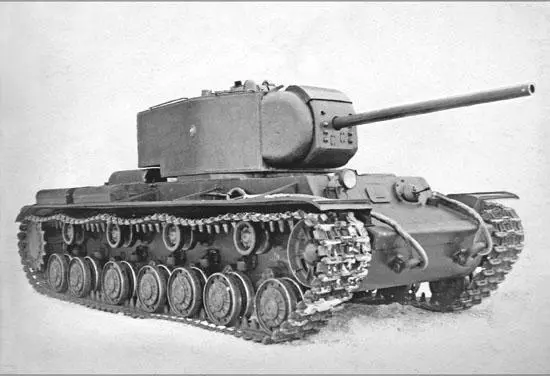
T-220 heavy tank. After the SMK and T-200 programs were killed, it came to be seen as the base chassis for a future heavy SP gun (TsAMO).
The operational requirement for designing a 152 mm SP gun was issued in late August 1940. It should be noted that the operational requirement was signed only by Maj. Gen. Savchenko, deputy chief of the Main Artillery Directorate (GAU); GABTU chief Lt. Gen. Fedorenko did not add his signature to the document. The operational requirement was seven pages long. Therefore, only a portion of it will be quoted here:
I. General characteristics.
1. Vehicle type: tracked, armored
2. Total weight: not more than 55 tonnes
3. Dimensions: of a size allowing rail transportation in Western Europe.
4. Speed: 35 km maximum
- Maximum gradient on solid ground: 35°
5. Armament:
- BR-2 152 mm gun: one (with recessed rifling)
- DT machine guns: three (with one configured for antiaircraft fire)
- PPD pistols: two
- Gun depression angle: minus 3°; the machine-gun dead space must not exceed 10 meters
- Elevation angle: maximum possible
- The gun must traverse an angle of at least 10°.
- The machine-gun traverse angle must be at least 30°.
6. Combat load:
- 152 mm projectiles: 50
Читать дальше
